|
4 Comments
Behavioural change is a must to successfully recovering from Palmoplantar Pustulosis Psoriasis.12/14/2022 I'm thrilled to announce the launch of my audiobook! How To Treat Palmoplantar Pustulosis Naturally12/10/2022 The modern diet has destroyed our gut health! If you want to heal your PPP - Focus on your gut11/21/2022
I get a lot of emails from readers around the world asking for my help, advice or just a general diet specific question. All my readers’ stories touch me and I’m always doing my best trying to help.
When Sophie contacted me early January this year she was in a very bad state and she had been in and out of the hospital a lot lately and her story affected me a bit more than normally. I deeply empathised with her and could feel her pain. Sophie told me she’s been suffering severely from the skin disease Palmoplantar Pustulosis for almost 2 years and have had no luck with any natural approach or biologics (biological therapy) . It had caused her a great deal of anxiety and depression and had affected her ability to work, walk, sleep, eat, basically to live a normal life at the age of 26. She was at her wits end as her PPP had now spread to her nails and she had developed wide spread psoriasis as well. This she told me had also affected her self-esteem which hadn’t been very good to begin with.
Not long after I got my Palmoplantar Pustulosis diagnosis I started get a pain in the joint of my left index finger and TMJ (jaw stiffness and a clicking jaw). First, I thought it was from the overuse of typing on my computer or after been using my hands when cleaning at home. Back then I did not know about rheumatoid arthritis or RA which is the shorten version of its name. And I didn't understand there might be a connection to my current Palmoplantar Pustuloisis diagnosis.
I had so many various health conditions such as a contentious strep throat infection, Roscea in my face, blisters, cracks and soars on my feet and hands, so the pain in my finger was just something I put up with. Symptoms of rheumatoid arthritis usually start in the small joints of the hands and feet – particularly the main knuckle joints in the hand and usually affect at least two joints, which become painful, red and inflamed, and may start to swell. When having an autoimmune disease, your immune system attacks healthy cells in your body by mistake or by a way of surviving. There are more than 80 types of autoimmune diseases documented and some have similar symptoms. The cause of Palmoplantar Pustulosis (PPP) is scientifically unknown, apart from the fact it's autoimmune in origin as there is an association with other autoimmune diseases, particularly coeliac disease, thyroid disease and type 2 diabetes. Even if there's not yet consensus amongst scientist, there are more and more studies pointing to triggers to onset autoimmune disease such as sugar, gluten, processed foods, antibiotics and stress. These days I know if you heal one disease by changing your diet and lifestyle as I explain in my book, you will heal them all. The problem is if you have one disease you tend to have other issues as well. This makes sense to me as autoimmune diseases can affect many parts of the body. What's the difference between rheumatoid arthritis from osteoarthritis?
According to webMD the main difference between osteoarthritis and rheumatoid arthritis is the cause behind the joint symptoms. Osteoarthritis is caused by mechanical wear and tear on joints. Rheumatoid arthritis is an autoimmune disease in which the body's own immune system attacks the body's joints. There are other types of arthritis as well, one of them is Psoriatic Arthritis which are similar to rheumatoid arthritis.
What causes it?
Just like Palmoplantar Pustulosis, researchers and doctors are not fully sure what causes rheumatoid arthritis. Rheumatoid Arthritis is also an autoimmune disease in it's nature and as any autoimmune disease there are scientific evidence that genes, hormones and lifestyle factors are involved. Rheumatoid arthritis researchers continuously investigate other factors that may play a role. These factors include infectious agents such as bacteria or viruses, which might explain why it so commonly goes together with PPP.
How is it diagnosed?
Various blood tests can identify rheumatoid arthritis, including the rheumatoid factor test and the anti citrullinated protein antibody test. Ultrasound and magnetic resonance imaging can also reveal early signs of joint inflammation. In serious cases, global immune suppressing drugs are used to restrain the body’s immune response, preventing it from doing further harm. Unfortunately, immunosuppressants render people more susceptible to infections.
The good news is rheumatoid arthritis and palmoplantar pustulosis can all be reversed by changing the diet and lifestyle around. The key is to take care of your gut. Give the healthy cells all the nourishment they need and remove viruses and the bad bacteria from your body system and good health will follow! Oh.....and the most important thing, please remove or reduce all the factors in your life which causes you to feel stressed. The pain in my finger joint gradually disappeared at the same time I was healing from Palmoplantar Pustular Psoriasis and thankfully never returned. Let me know if you have ever suffered from both RA and Palmoplantar Pustular Psoriasis? It would be nice to hear from somebody else in the same situation. Åsa Kärrman Unlock the Healing Power of Your Gut: The Perfect Diet for Palmoplantar Pustulosis Recovery8/29/2015 |
Get my free booklet outlining the foods you can eat and which ones to avoid while healing from PPP . Enter your email address below and click subscribe.
1. Why is it so difficult to diagnose Palmoplantar Pustulosis? |
Disclaimer and privacy policy terms:
Read our GDPR privacy policy here
The information and advice published or made available through the www.well-healed.com web site is not intended to replace the services of a doctor nor does it constitute a doctor-patient relationship. Information on this web site is provided for informational and educational purposes only and is not a substitute for professional medical advice. You should not use the information on this web site for diagnosing or treating a medical or health condition. You should consult a physician in all matters relating to your health, and particularly in respect to any symptoms that may require diagnosis or medical attention. Any action on your part in response to the information provided in this web site is at the reader’s discretion. Readers should consult their own doctors or naturopaths concerning the information on this web site. www.well-healed.com makes no representations or warranties with respect to any information offered or provided on or through the www.well-healed.com web site regarding treatment, action, or application of medication or therapies. www.well-healed.com is not liable for any direct or indirect claim, loss or damage resulting from use of this web site and/or any web site(s) linked to/from it. Well Healed is a participant in the Amazon Services LLC Associates Program, an affiliate advertising program designed to provide a means for sites to earn advertising fees by advertising and linking to amazon.com.
Read our GDPR privacy policy here
The information and advice published or made available through the www.well-healed.com web site is not intended to replace the services of a doctor nor does it constitute a doctor-patient relationship. Information on this web site is provided for informational and educational purposes only and is not a substitute for professional medical advice. You should not use the information on this web site for diagnosing or treating a medical or health condition. You should consult a physician in all matters relating to your health, and particularly in respect to any symptoms that may require diagnosis or medical attention. Any action on your part in response to the information provided in this web site is at the reader’s discretion. Readers should consult their own doctors or naturopaths concerning the information on this web site. www.well-healed.com makes no representations or warranties with respect to any information offered or provided on or through the www.well-healed.com web site regarding treatment, action, or application of medication or therapies. www.well-healed.com is not liable for any direct or indirect claim, loss or damage resulting from use of this web site and/or any web site(s) linked to/from it. Well Healed is a participant in the Amazon Services LLC Associates Program, an affiliate advertising program designed to provide a means for sites to earn advertising fees by advertising and linking to amazon.com.

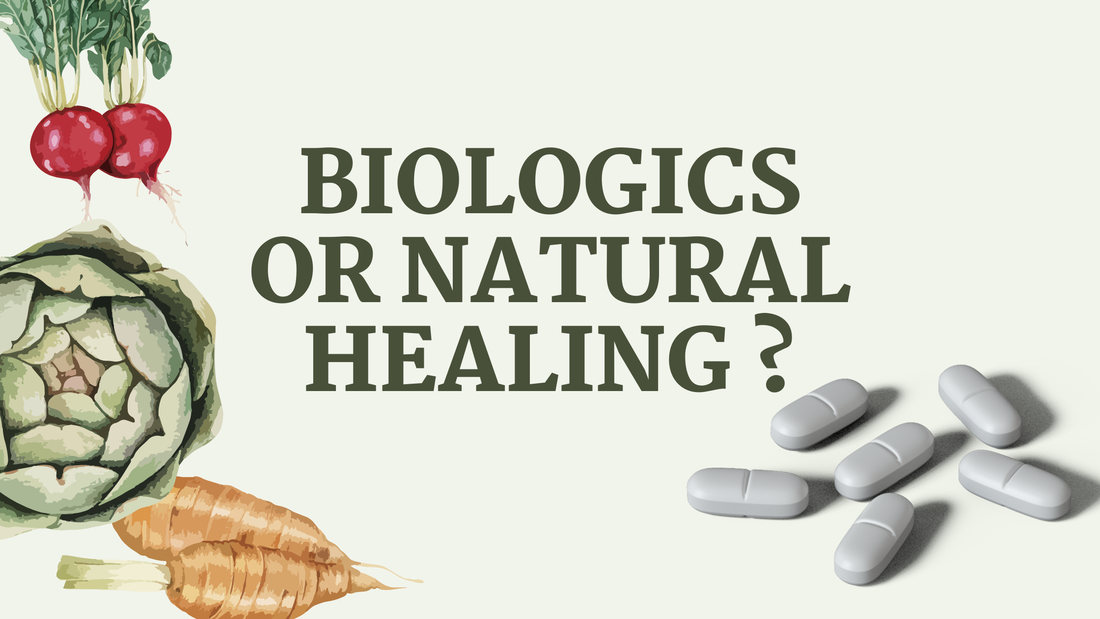
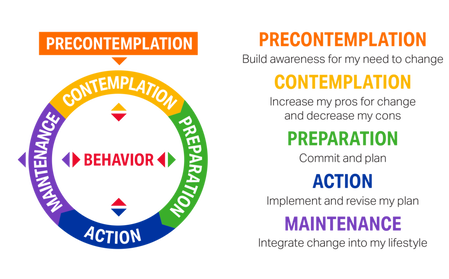
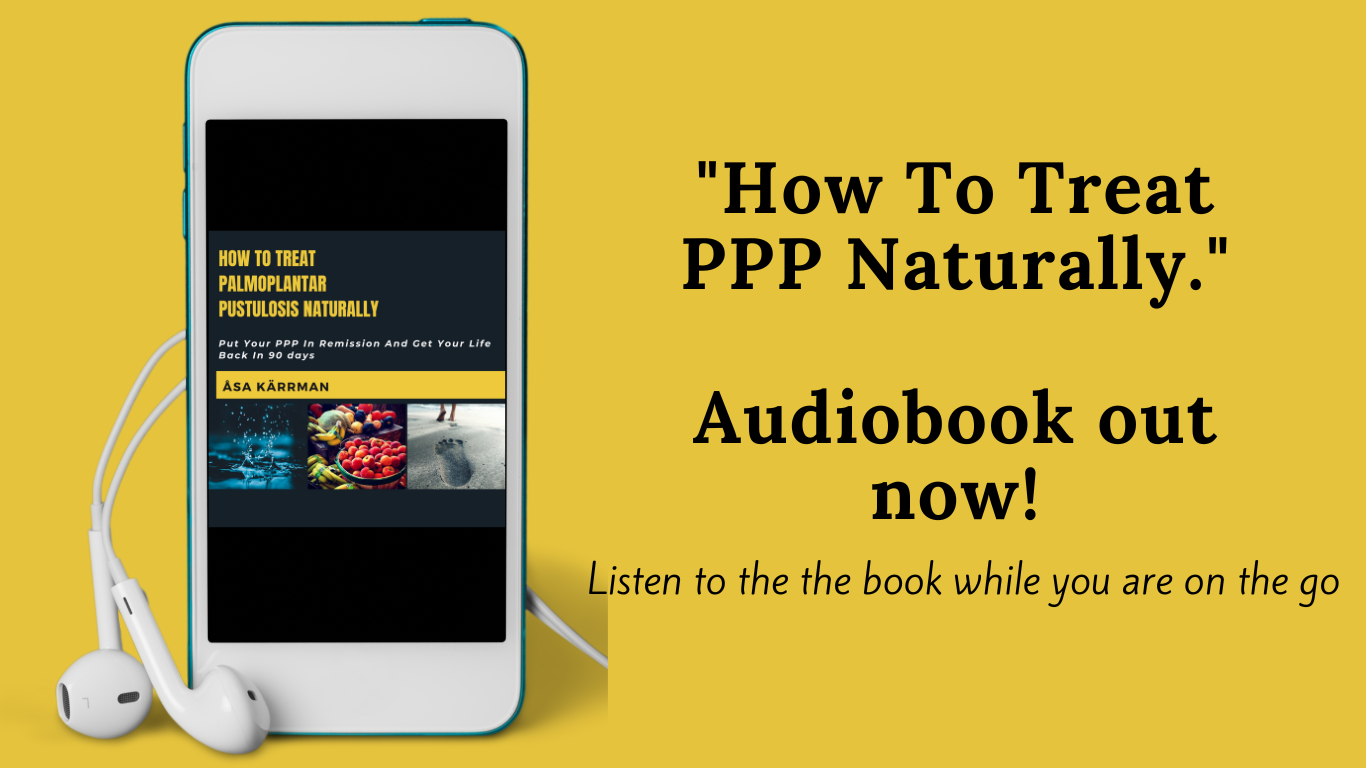
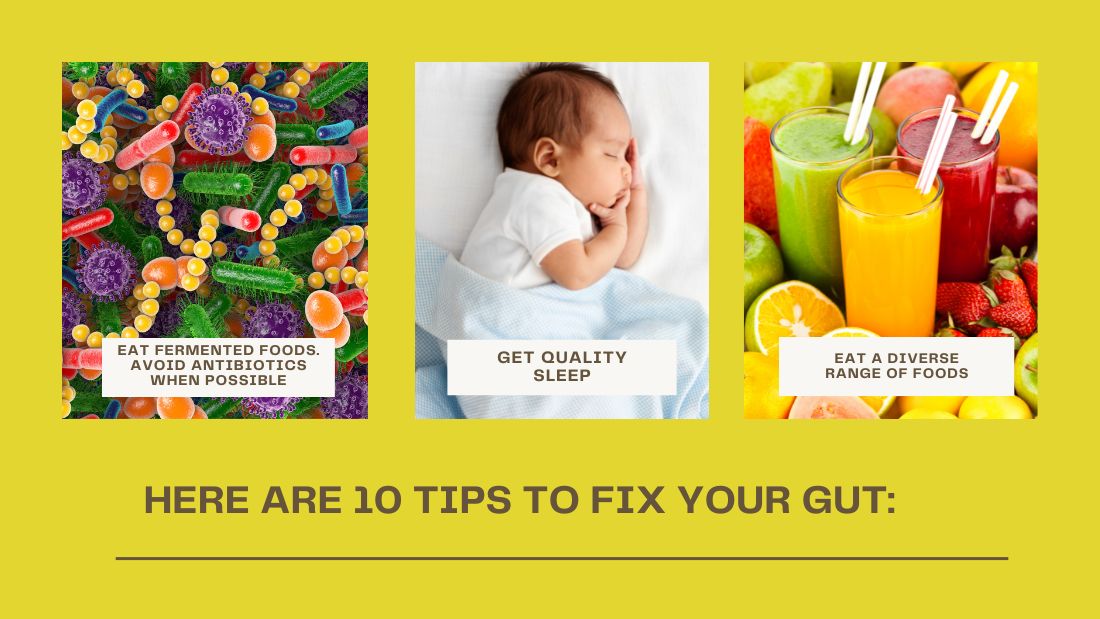
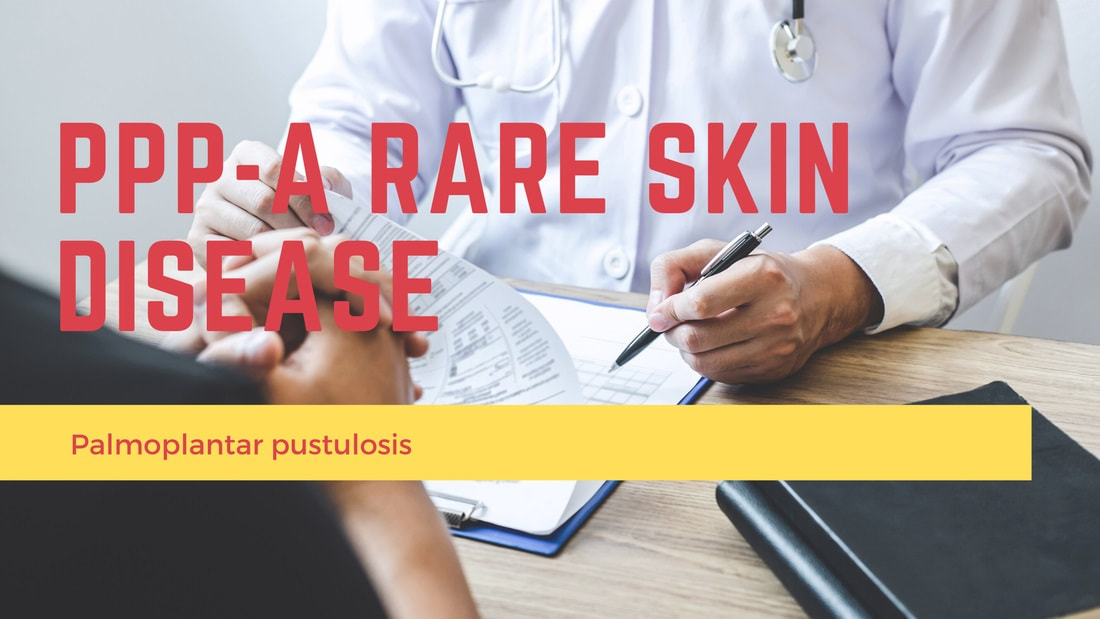
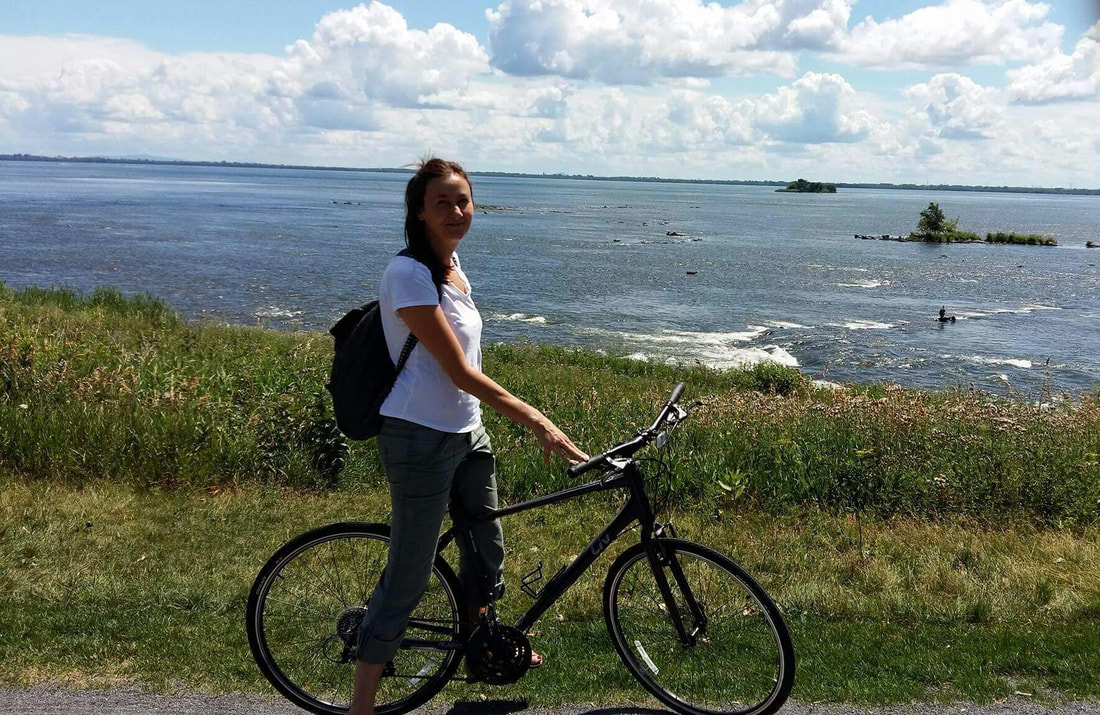
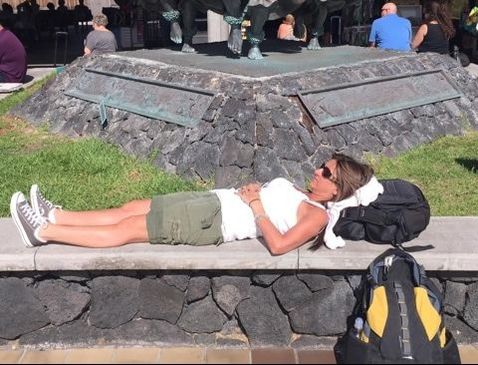
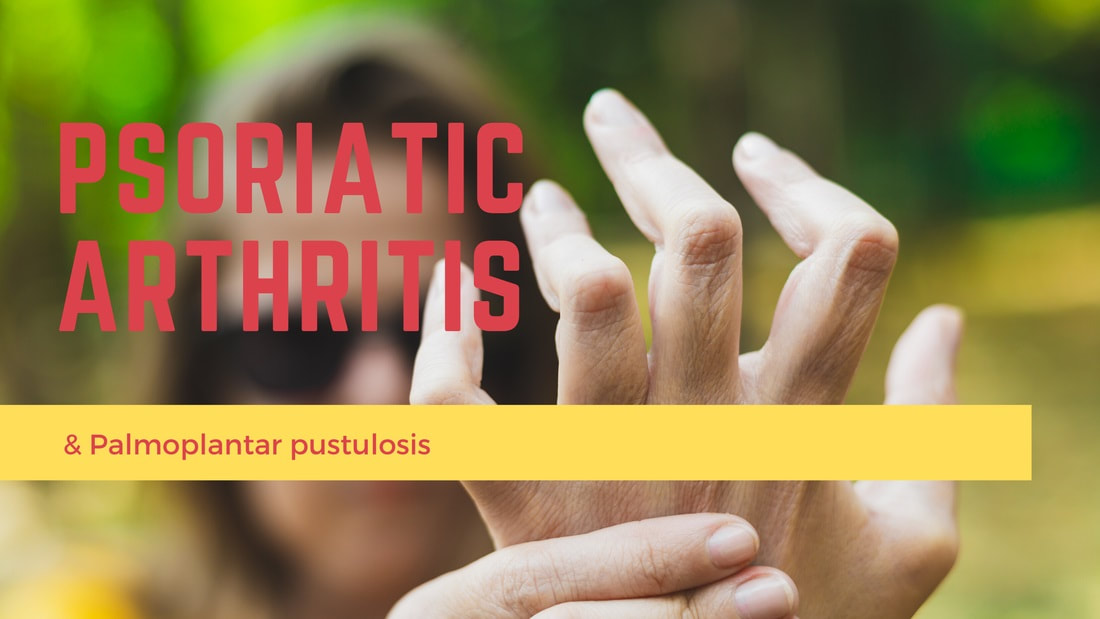
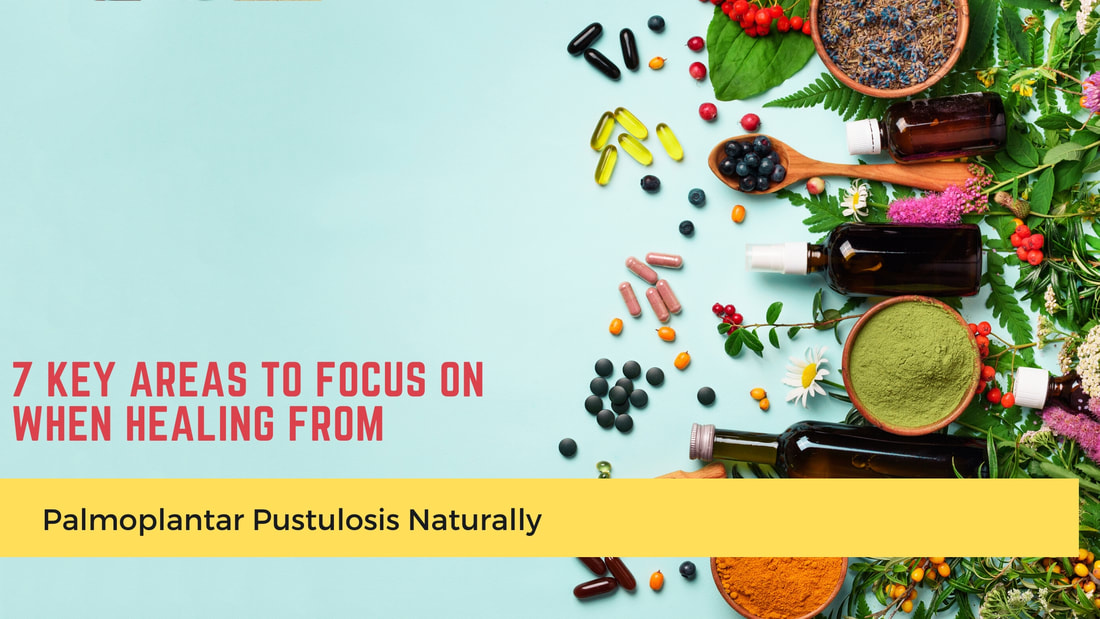
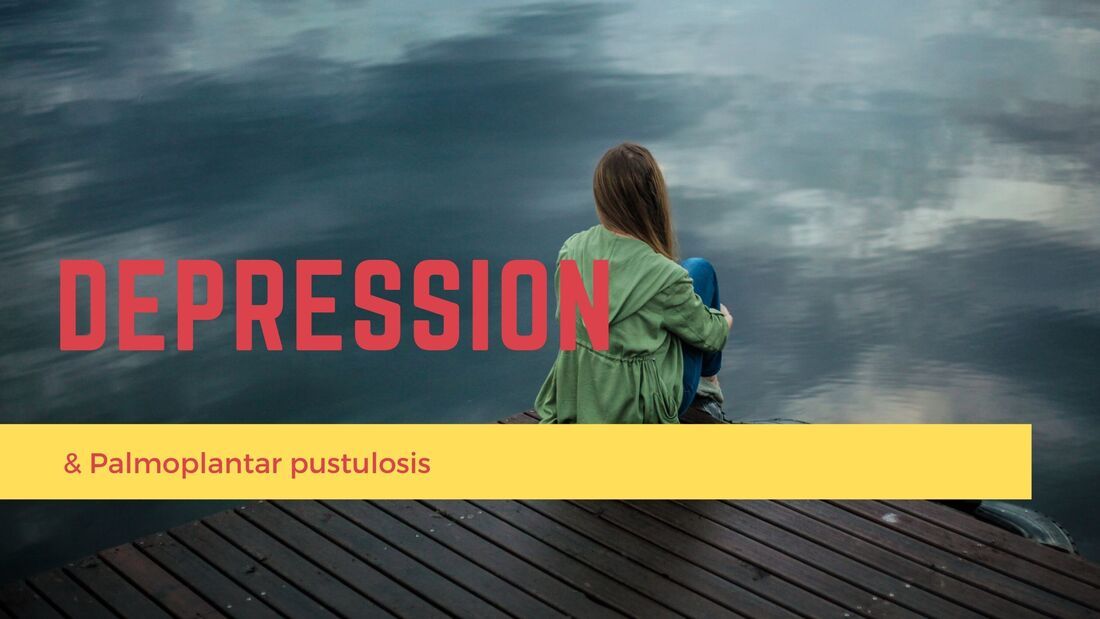
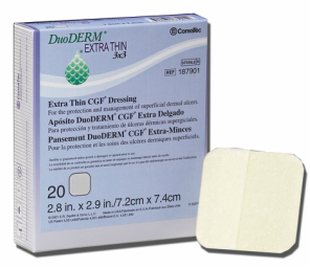
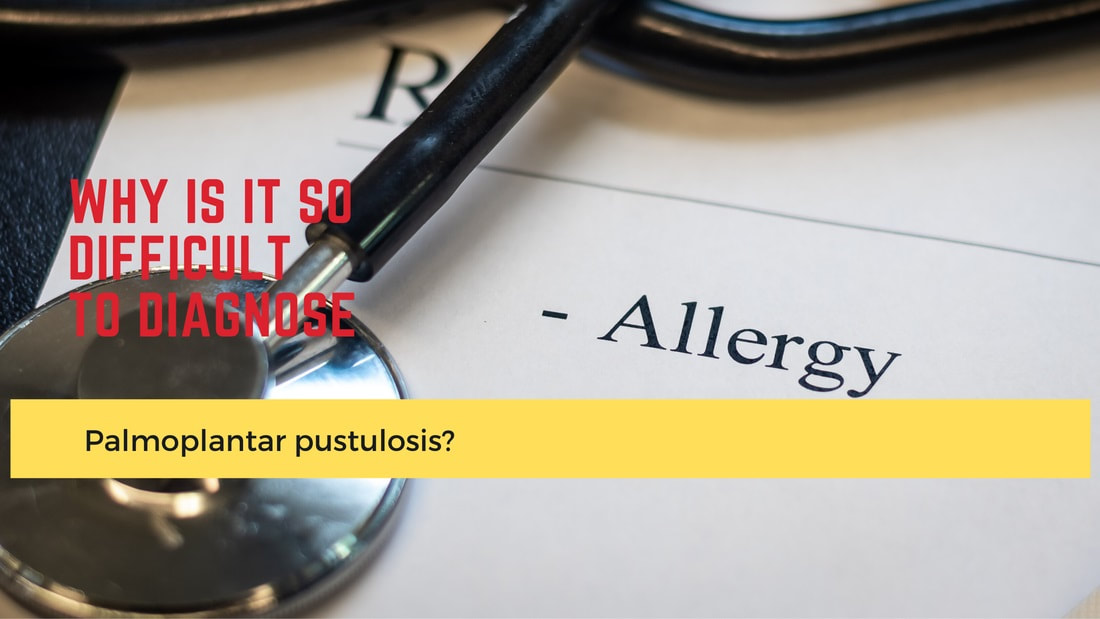
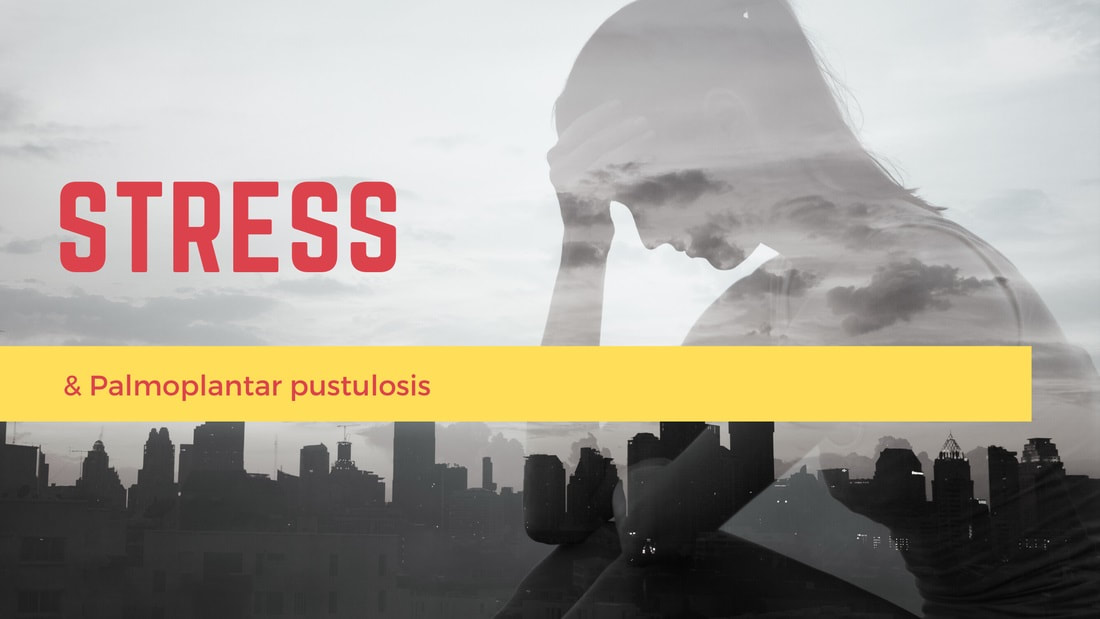
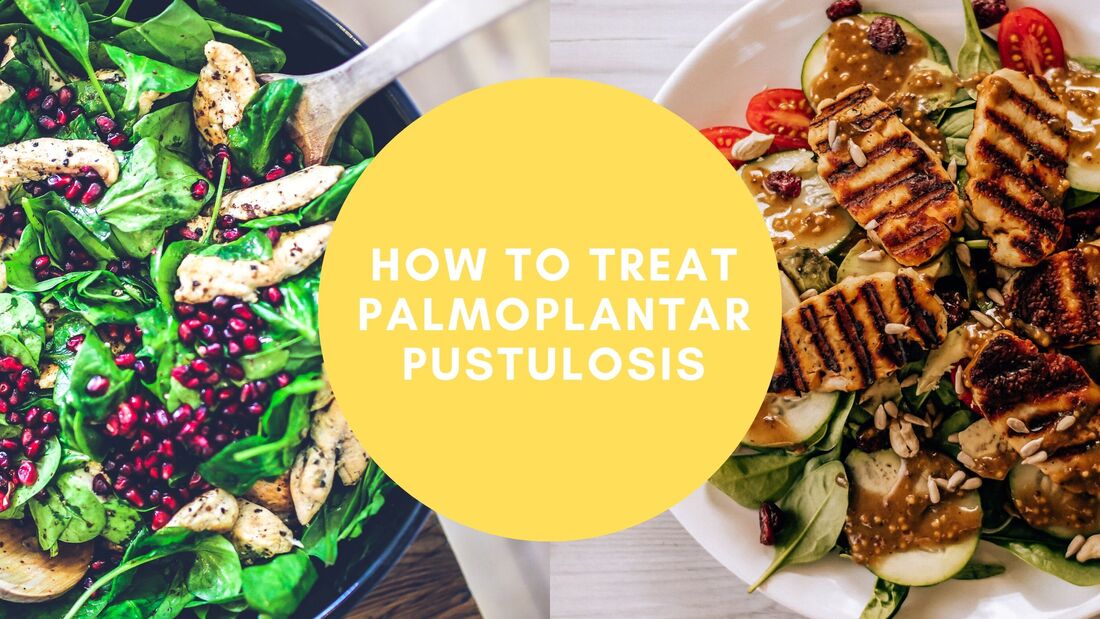
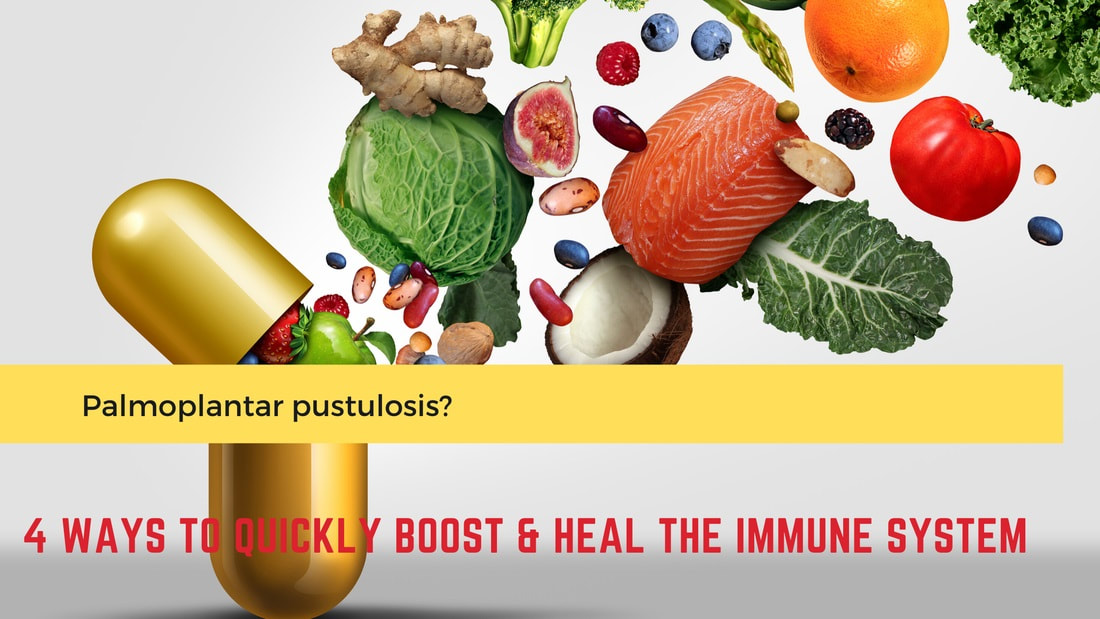
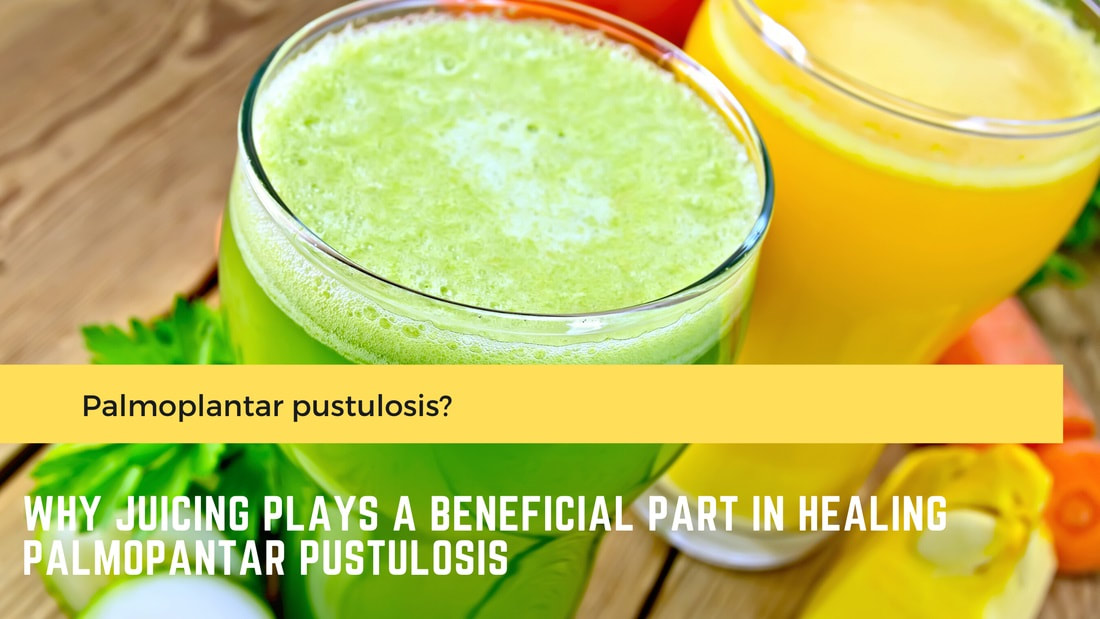
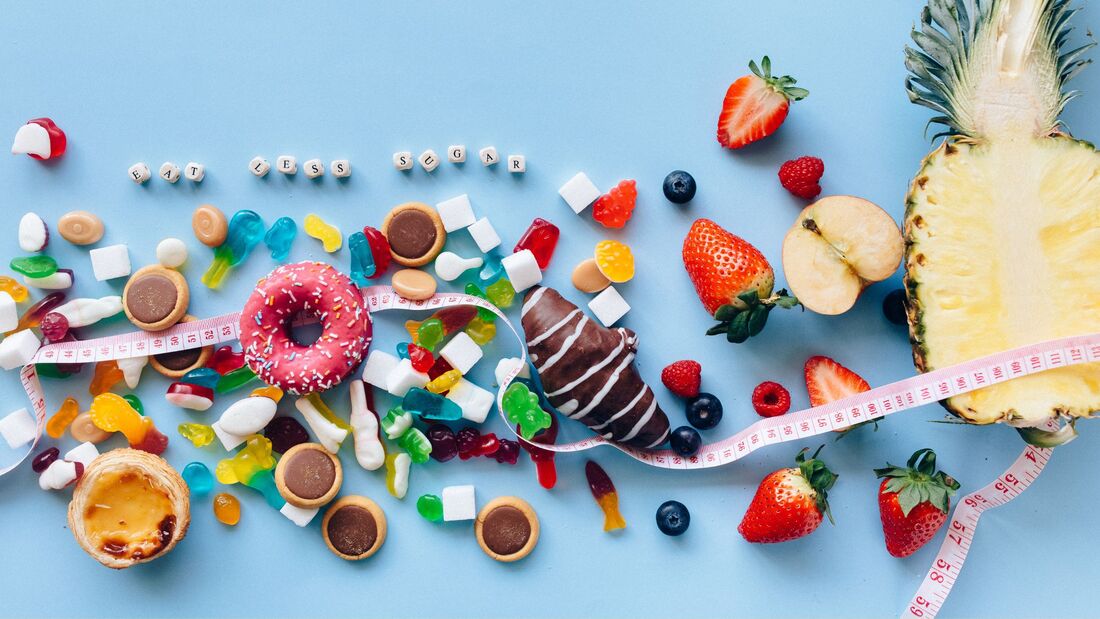
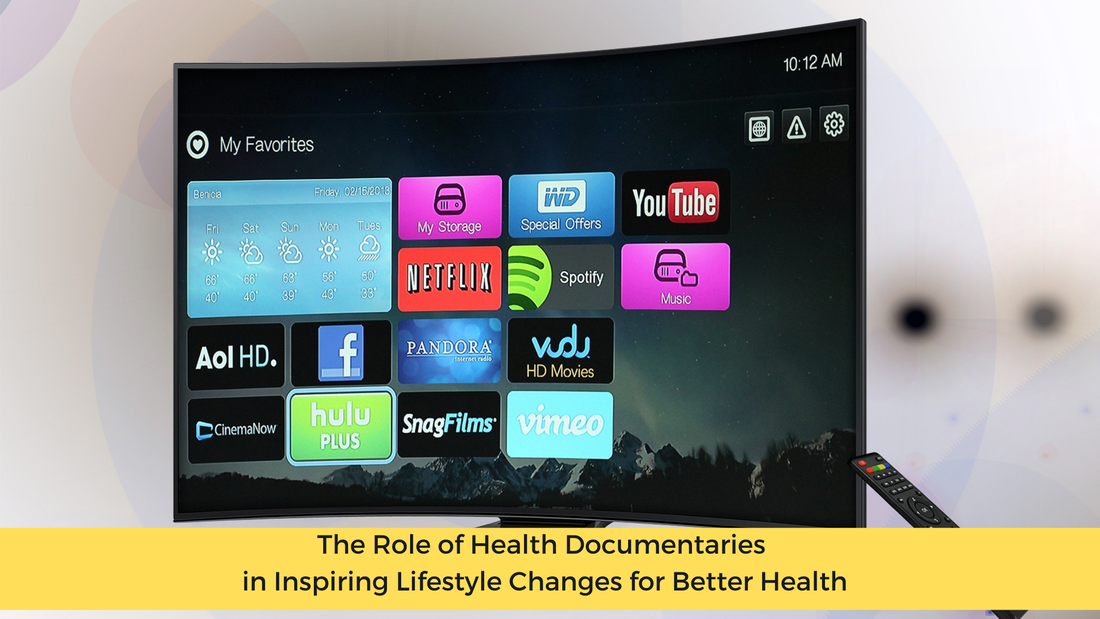

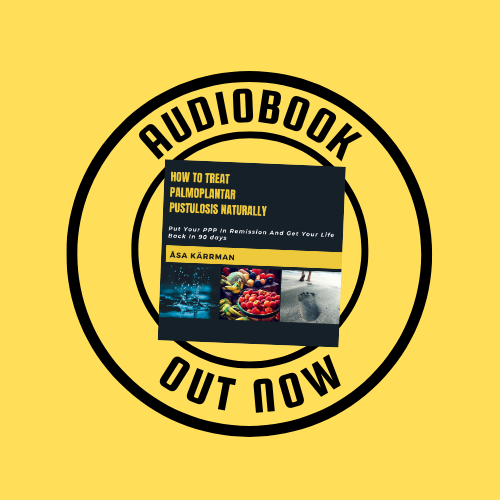
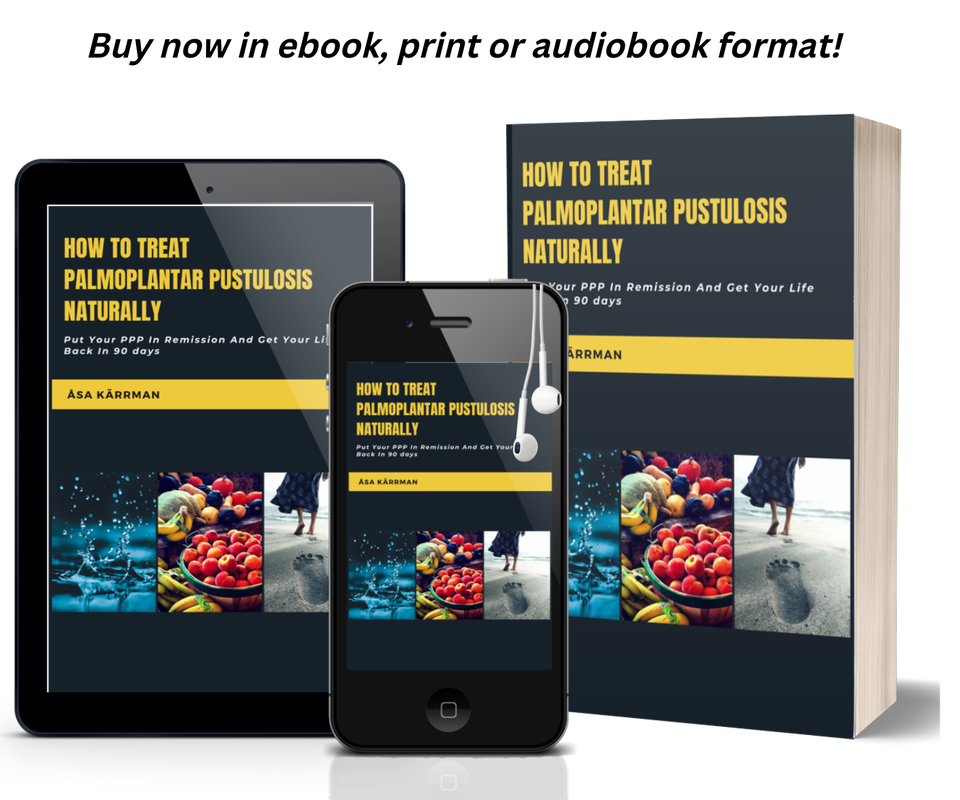

 RSS Feed
RSS Feed